<--- Back to Details
| First Page | Document Content | |
|---|---|---|
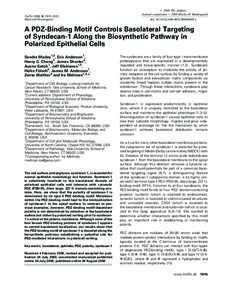 Date: 2008-10-13 18:57:05Syndecan Epithelial polarity Cell polarity CASK PDZ domain Cell membrane Tight junction Biology Proteoglycans Cell biology |
Add to Reading List |
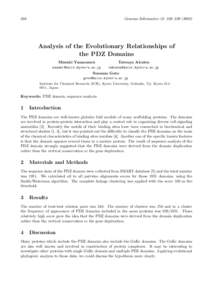 | 338 Genome Informatics 13: 338–Analysis of the Evolutionary Relationships of the PDZ DomainsDocID: 1rp2Q - View Document |
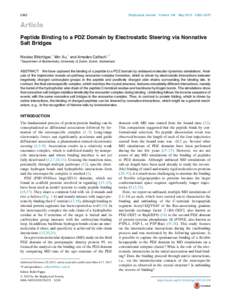 | 2362 Biophysical Journal Volume 108DocID: 1pPDm - View Document |
 | A PDZ-Binding Motif Controls Basolateral Targeting of Syndecan-1 Along the Biosynthetic Pathway in Polarized Epithelial CellsDocID: 1gpHx - View Document |
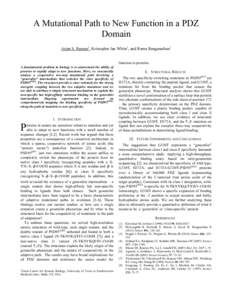 | A Mutational Path to New Function in a PDZ Domain Arjun S. Raman1, Kristopher Ian White1, and Rama Ranganathan1 function in proteins. A fundamental problem in biology is to understand the ability of proteins to rapidly aDocID: 13vAx - View Document |
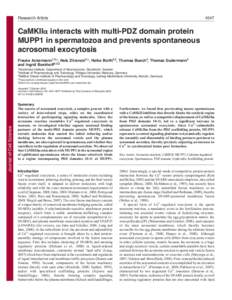 | CaMKIIalpha interacts with multi-PDZ domain protein MUPP1 in spermatozoa and prevents spontaneous acrosomal exocytosisDocID: SxSE - View Document |
 A PDZ-Binding Motif Controls Basolateral Targeting of Syndecan-1 Along the Biosynthetic Pathway in Polarized Epithelial Cells
A PDZ-Binding Motif Controls Basolateral Targeting of Syndecan-1 Along the Biosynthetic Pathway in Polarized Epithelial Cells